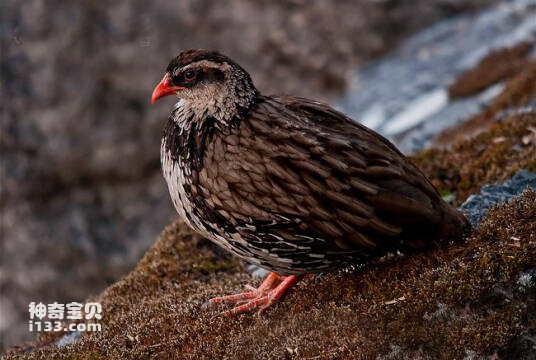
Swierstra (scientific name: Pternistis swierstrai) foreign name Swierstra' s Francolin, no subspecies.The partridge is usually solitary. Look for grass seeds, bean seeds and insects among the forest leaves. When encountering danger, he prefers running to escape danger rather than flying. The bre...
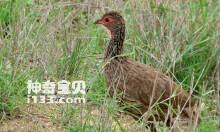
The colored partridge (scientific name: Pternistis swainsonii) foreign name Swainson' s Francolin, there are 2 subspecies.The partridge is usually solitary. It feeds on plant bulbs and bulbs, seeds, berries and shoots, as well as spiders and insects, including locusts, ticks, beetles, termites a...
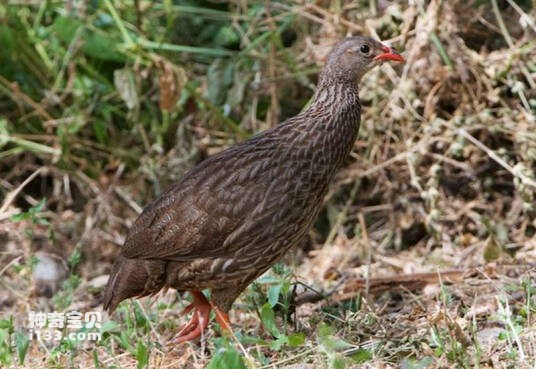
The Partridge squamatus (Pternistis squamatus) has six subspecies, Scaly Francolin.Partridges are usually solitary. Feed on bulbs and bulbs, seeds, berries and shoots of plants, including sweet potatoes and peanuts. They also eat small mollusks, termites, ants and other insects. When in danger, he p...
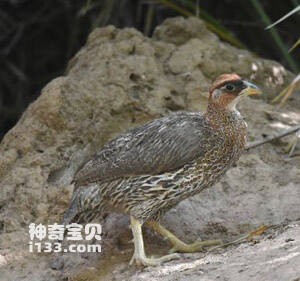
Pternistis ochropectus (Pternistis ochropectus) foreign name Djibouti Francolin, no subspecies.The partridge moves into more open woodland and scrubland after the breeding season. When in danger, he prefers running to escape danger rather than flying. It feeds on plant bulbs and bulbs, seeds, berrie...
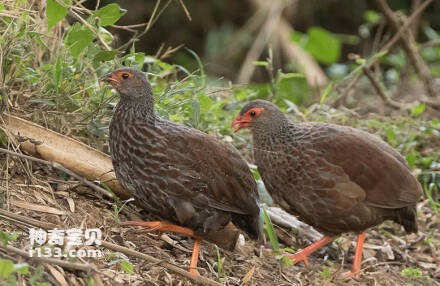
Colorful partridge (scientific name: Pternistis nobilis) foreign name Handsome Francolin, no subspecies.Colourful partridges usually live alone. It feeds on plant bulbs and bulbs, seeds, berries and shoots, as well as small mollusks, termites, ants and other insects. When in danger, he prefers runni...
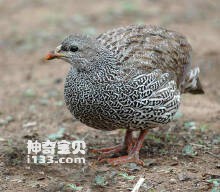
Natal Francolin (Pternistis natalensis) has two subspecies.The Natal colored partridge likes to be alone. It feeds on plant bulbs and bulbs, seeds, berries, shoots including grains, but also small mollusks, beetles, termites, grasshoppers and other insects. When in danger, he prefers running to esca...
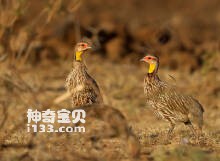
Yellow-necked Francolin (Pternistis leucoscepus), no subspecies.Sedge tubers were the main food, especially sedge plants, and the amount was more than 50%. They also eat small mollusks, termites, ants and other insects. When in danger, he prefers running to escape danger rather than flying. The bree...
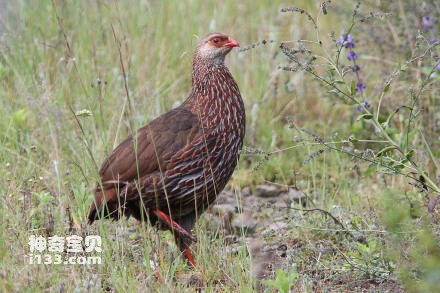
Kenya colored partridge (scientific name: Pternistis jacksoni) foreign name Jackson' s Francolin, no subspecies.Kenyan colored partridges like to sing from the edge of boulders or cliffs in their territory. Usually alone. Feeds on plant bulbs and grass buds, berries, small snails and insects. Wh...
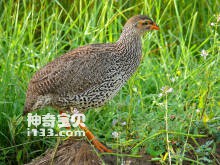
Yellow beak colored partridge (scientific name: Pternistis icterorhynchus) foreign name Heuglin' s Francolin, no subspecies.The yellow-billed partridge likes to sing from the edge of a boulder or cliff in its territory. Usually alone. It feeds on plant bulbs and bulbs, seeds, berries and shoots,...
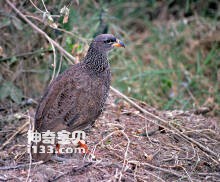
francolinushildebrandti (scientific name: Francolinus Hildebrandti) foreign name Hildebrandt' S. Francolin, there are 3 subspecies.The partridge mainly lives between 2000 and 2500 m above sea level, but can drop to 650 m locally. They usually live in pairs, but sometimes in small family groups....
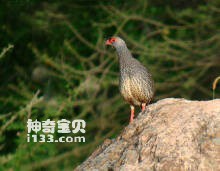
Hai's colored partridge (scientific name: Pternistis harwoodi) foreign name Harwood' s Francolin, no subspecies.The partridge usually searches the river banks for a variety of dense vegetation, but can easily enter nearby farmland in the early morning hours. Once these birds emerge from thei...
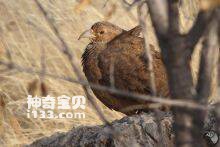
Hartlaub (scientific name: Pternistis hartlaubi) foreign name Hartlaub' s Francolin, no subspecies.The partridge is often found in relatively dense areas of grass and brush. Occurs in pairs or in family groups of 3-4 individuals, unless chirping, usually hidden among boulders. It feeds on plant...
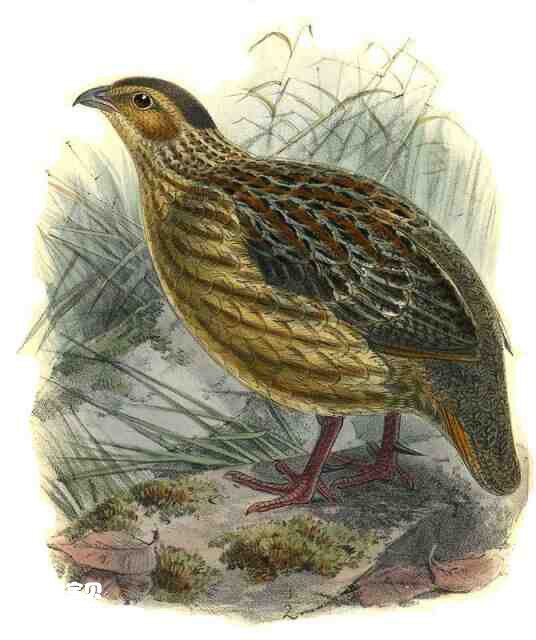
The Grey-striped Francolin (Pternistis griseostriatus) has no subspecies.The grey partridge likes to sing from the edge of a boulder or cliff in its territory. Usually alone. It consists of shoots, seeds, small beans, cassava, and large fruits of plants, as well as insects (including termites) and i...
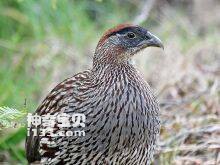
Brown top colored partridge (scientific name: Pternistis erckelii) foreign name Erckel' s Francolin, no subspecies.Brown-topped partridges like to sing from the edge of boulders or cliffs in their territory. Usually alone. It feeds on plant bulbs and bulbs, seeds, berries and shoots, as well as...

The red-orbital colored Partridge (scientific name: Pternistis clappertoni) foreign name Clapperton' s Francolin, there are 6 subspecies.Partridges love to sing, and their vocalizations are highest in the early morning and late afternoon. Usually alone. It feeds on seeds and berries of plants, s...
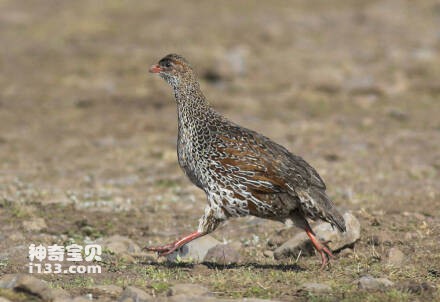
Chestnut-naped Francolin (Pternistis castaneicollis) has three subspecies.The chestnut pillow-colored partridge primarily calls early in the morning and late in the evening, especially in males, in a loud "kawar-kawar" and "kek kek kek" sound, thought to be a duet between partner...
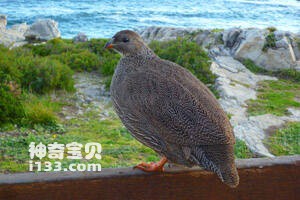
South African colored partridge (Pternistis capensis) foreign name Cape Francolin, no subspecies.South African coloured partridges call mainly in the early morning and late evening, especially in males, as a loud clamor or cluck. It feeds on plant bulbs and bulbs, seeds, berries and shoots, as well...
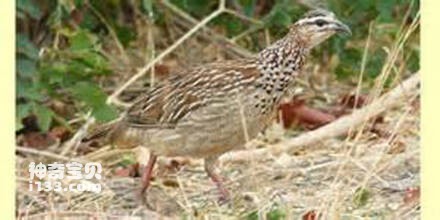
The camerunensis species is Cameroon Francolin (Pternistis camerunensis), without subspecies.Cameroonian colored partridge feeds mainly on berries, grass seeds and insects. Flying into a tree or running around in panic to avoid danger instead of flying.The Cameroonian colored partridge is endangered...
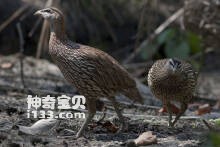
The Double-spurred Francolin (Pternistis bicalcaratus) has three subspecies.The partridge is an opportunist living in west Africa. Its diet is closely related to the habitat environment and seasonal changes. It mainly eats dry rhizoids and tubers, and also eats plant seeds and insects. When in dange...
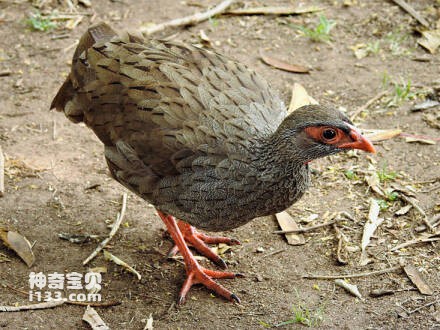
The Black-fronted colored partridge (Pternistis atrifrons) is known as black-fronted Francolin and has no subspecies.The black-fronted partridge feeds on plant seeds, as well as insects such as termites (isoptera). A bird that can occasionally fly short distances. When in danger, he prefers running...